Location: Kobe, Japan
Duration: 1 day (+ overnight stay)
Period: March 2018
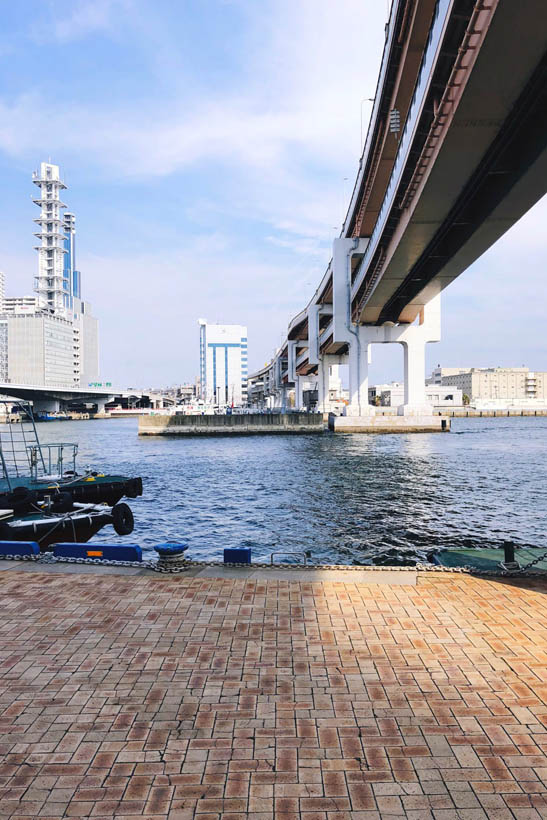
After finding our way through the maze that is Osaka Station (seriously, it's a gigantic and confusing underground labyrinth) we took a short train ride to Kobe, a port town to the west of Osaka, and world famous for its local speciality dish: Kobe beef.
Eating Kobe beef at Ishida
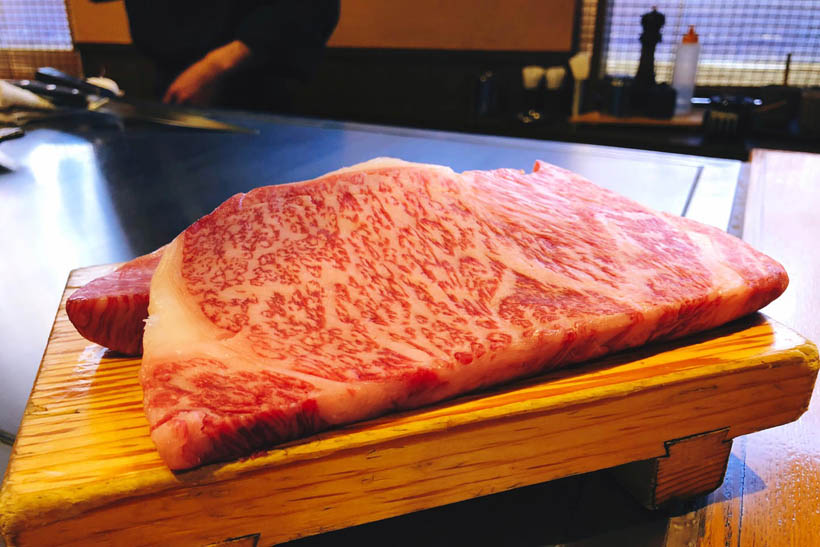

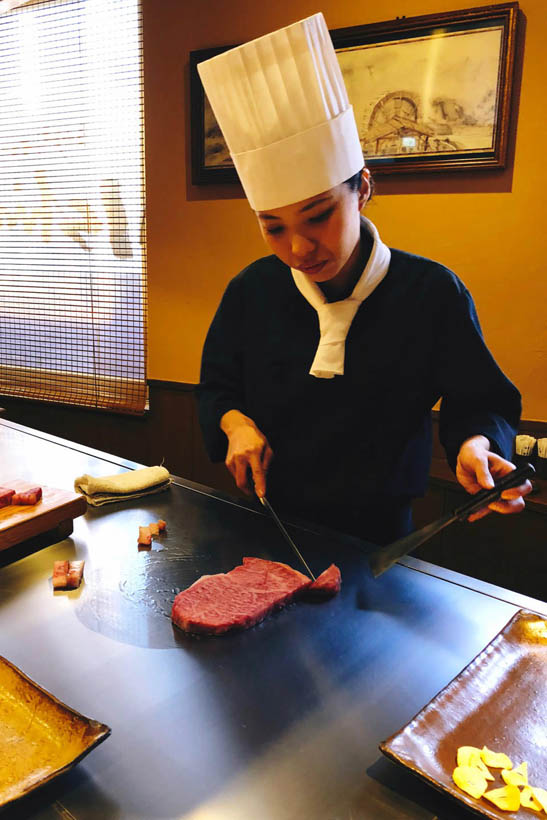
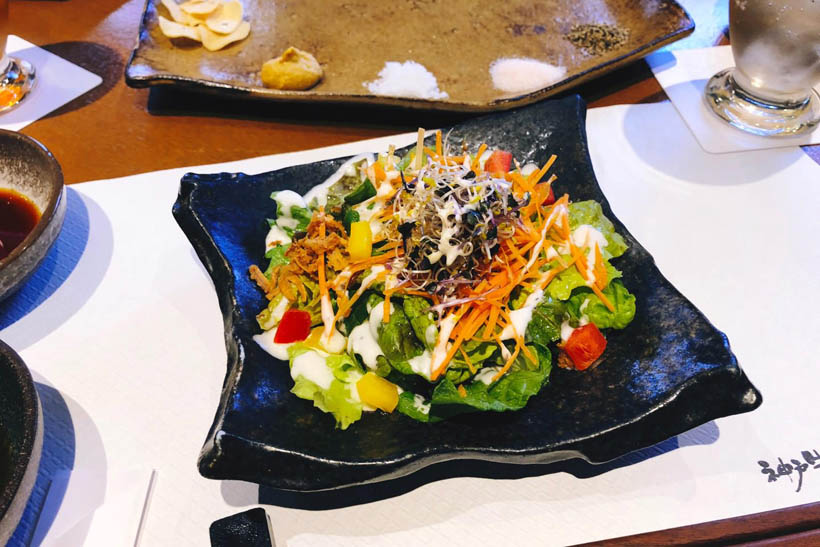
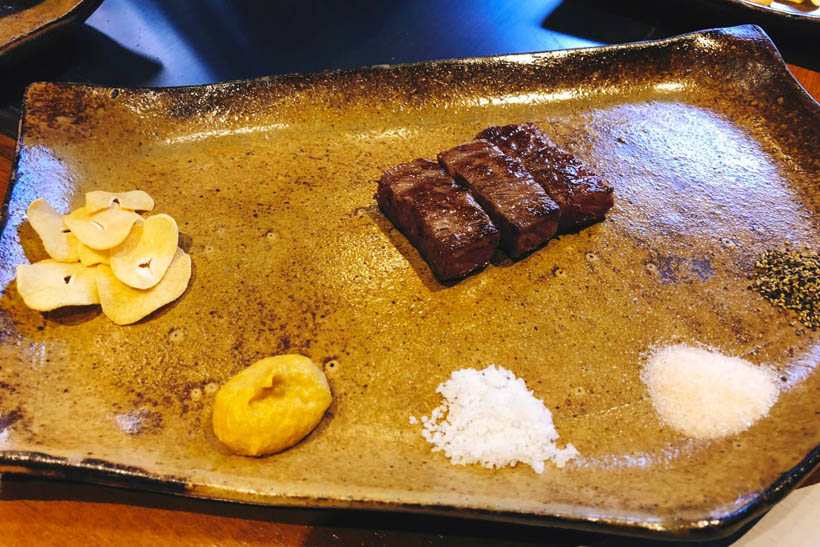
After dropping off our luggage at our hotel (which was located on the artificial Port Island, and reachable by a short and fully automated train ride over the water on the Port Liner line) we went straight to a beef restaurant near the Kobe-Sannomiya Station called Ishida (they have multiple locations across the city), where we ordered the lunch menu. This menu consisted of roast beef as an appetiser, a salad, fried rice, and the illustrious Kobe beef as the main dish.
These beef restaurants are based around tables with teppanyaki grills in the middle, where the chef will prepare your piece of meat right in front of you. It's part show, part practicality, as this ensures that you can eat the meat right after it has been cooked to preserve the taste as much as possible.
Kobe beef is known to be one of the many high quality variants of wagyu (a catch-all term for Japanese beef, which is also the literal translation of the word). Legend has it that they serve the animals beer and massage them, but apparently its flavour is just a result of a highly strict and regulated breeding process.
One of the characteristics of Kobe beef is its very high concentration of fat, which is clearly visible in the marbling of the meat. The amount of fat is so high, in fact, that the chef doesn't need to add butter or oil to the griddle, they just cut off a piece of the fat to oil up the plate.
After reading up on everyone raving about the taste of the beef I have to be honest: you could taste that the quality was very high, but the beef was a bit of a disappointment for me. Yes, it melts straight away in your mouth, and yes, it's totally different from any other beef I've ever had, but I'm not too keen on the super fatty and oily beef taste (and yes, I know that's the point of Kobe beef). However, I'm glad that we tried it.
Walking around the streets of Kobe
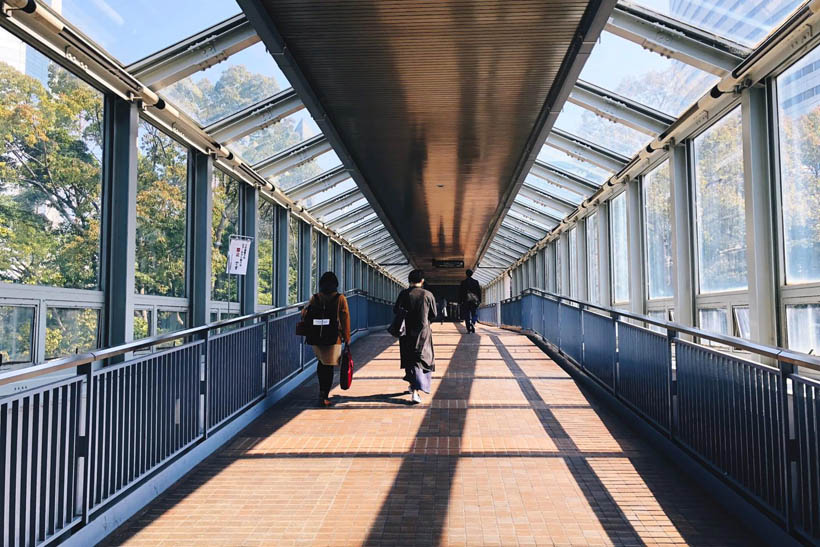
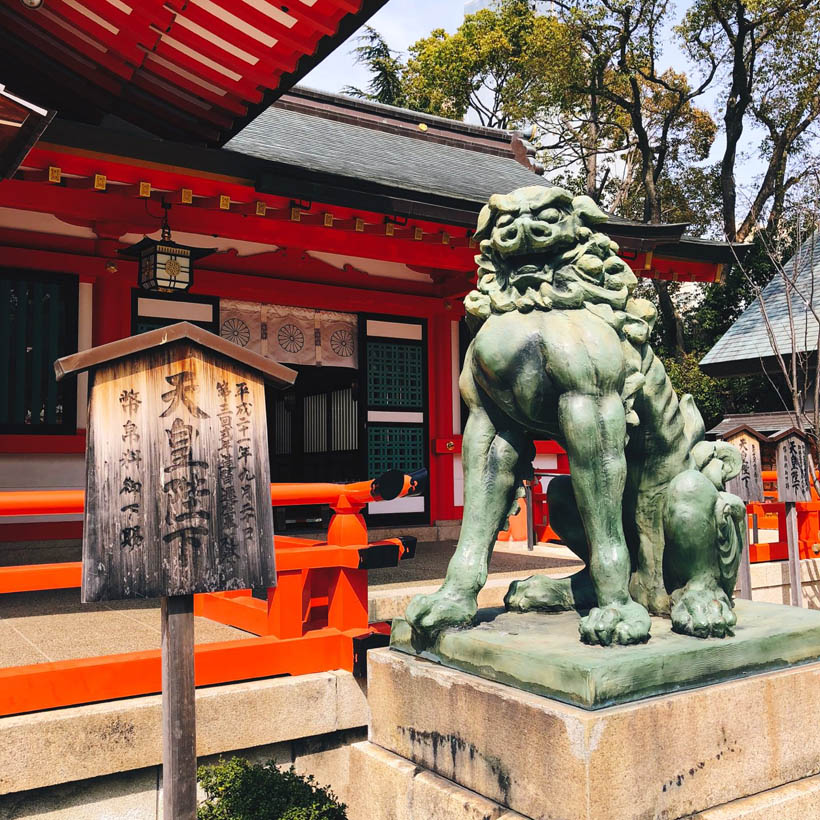



After our lunch we strolled around the city a bit to burn some of the excessive calories we obtained at the restaurant (on paper these beef sets might look small, but it's quite filling in reality).
Something that we noticed right away was that there's some sort of permanent beef smell in the air near the crowded areas. The local food industry clearly embraces its reputation as a beef paradise.
We went to check out a few small shrines in the area (like the Ikuta shrine near Sannomiya Station), walked through Chinatown (where there were lots of food stalls selling small Kobe beef snacks - which we didn't try, we were still stuffed) and landed at the Meriken Park, a small quiet park near the water, with a small memorial for the victims of the Great Hanshin-Awaji Earthquake in which more than 6,000 people lost their lives. The memorial shows a part of the damaged park, in the state it was in after the 1995 disaster.
We then walked to the north of the city for the Shin-Kobe Ropeway, a sightseeing spot with a view over the city. But alas: the ropeway was closed that day and it was getting a bit too late to do the full hike to the top, so we took a train to our hotel, went to the local Lawsons store to get something cheap to eat (we spent our daily budget on the beef), watched the recap of the sumo championship that day, before hitting the sack to get some much needed sleep.
Other posts about this trip
- Our travel video of Japan
- Exploring the different neighbourhoods of Tokyo
- Visiting Nikko for half a day
- Discovering the ancient history of Kyoto
- Burning torches at the Omizutori festival in Nara
- Attending a sumo honbasho in Osaka
- Eating Wagyu beef and walking around in Kobe (this post!)
- Hiroshima and the aftermath of the atomic bomb
- Climbing Mount Misen in Miyajima and a quick stopover in Okayama
- Hakone (coming soon)
- Hakodate (coming soon)
- Sapporo (coming soon)
- Otaru/Yoichi/Noboribetsu (coming soon)